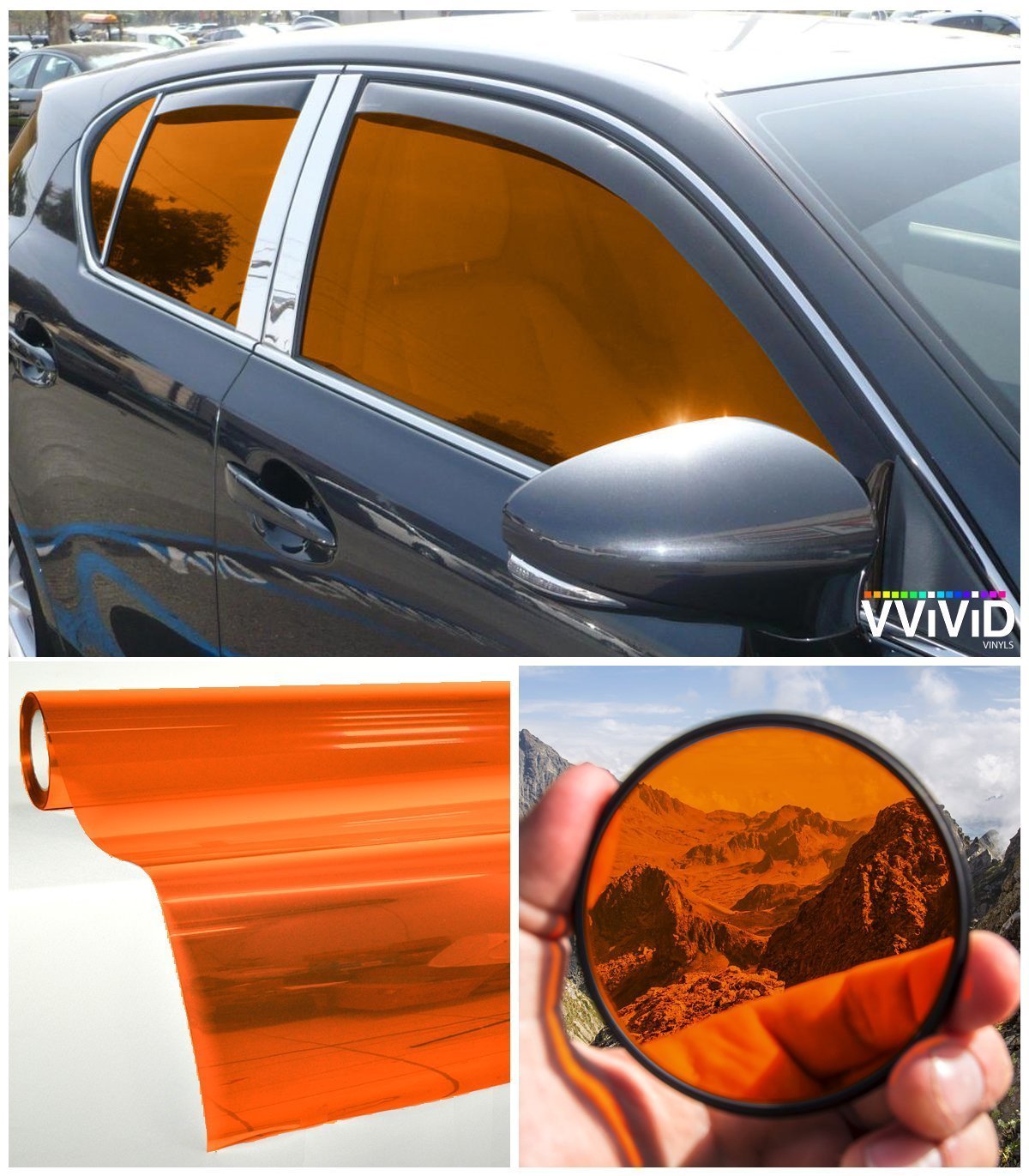Discover the Benefits of UV Security with Automobile Window Tinting
Discover the Benefits of UV Security with Automobile Window Tinting
Blog Article
Home Window Tinting Rules and Standards: What You Need to Know Before Tinting Your Car
Before waging home window tinting for your lorry, it is vital to acquaint on your own with the varied legislations and standards that control this practice across various states. These regulations determine the acceptable degrees of color darkness, frequently gauged by noticeable light transmission (VLT) percents, and consist of particular terms for front windscreens targeted at making certain road safety and security. Additionally, particular jurisdictions may provide medical exceptions for individuals with certifying conditions. Comprehending these intricacies can conserve you from possible lawful implications, but what are the particular rules in your state?
Overview of Home Window Tinting Laws
Window tinting regulations are regularly subject to variation throughout different jurisdictions, showing local laws and safety considerations. These regulations determine the permissible degrees of tint darkness and reflectiveness on car home windows, making certain that motorists preserve adequate presence while also safeguarding against hazardous UV rays and warm.
Most policies classify window tinting based on the Visible Light Transmission (VLT) percent, which shows the amount of light that can go through the home window. Generally, reduced VLT portions symbolize darker tints. Laws commonly distinguish in between the front, side, and back home windows, with more stringent limitations put on the front windshield to boost security for both the chauffeur and other road customers.
In addition, some territories impose constraints on the reflectivity of the color, preventing extreme glow that can hinder exposure. Exemptions to these regulations may exist for individuals with particular clinical conditions needing added sun defense. Compliance with home window tinting policies is essential, as offenses can lead to penalties, required removal of the color, and possible boosts in insurance coverage premiums. As a result, it is important for automobile owners to familiarize themselves with neighborhood regulations before waging window tinting installments.
State-by-State Tint Regulations
Comprehending the details window tinting regulations in each state is important for automobile owners seeking to follow the regulation. Each state in the united state has actually developed its very own set of policies regulating home window tinting, which can vary significantly. These policies commonly determine the permitted degrees of color darkness, the sorts of home windows that can be tinted, and any type of clinical exceptions that may use.
For example, states like California have stringent restrictions on tint darkness for front windows, while others, such as New Mexico, may enable darker tints. In addition, certain states mandate details visibility percents for numerous windows, consisting of the windscreen, front side home windows, and back home windows. It is important for auto owners to acquaint themselves with their state's laws to stay clear of potential fines or penalties.
Moreover, some states might call for a qualification sticker label to be put on tinted home windows, showing compliance with state laws. Failure to adhere to these regulations not just risks legal effects but can also influence safety and visibility while driving. Vehicle owners must conduct extensive research study or consult regional authorities to make certain complete understanding and compliance with state-by-state color policies.
Allowed Tint Types and levels
Several car proprietors might be amazed to discover that allowed tint levels and types vary extensively across various states. Each state has developed its own laws regarding the permissible darkness and reflectivity of window color, often determined by Visible Light Transmission (VLT) portions. VLT describes the quantity of light that can travel through the tinted home windows; hence, a lower percent suggests a darker color.
Additionally, the kinds of tint products permitted can differ, with some states prohibiting mirror-like or metal coatings. It is necessary for vehicle proprietors to familiarize themselves with their state's specific legislations to guarantee compliance. Non-compliance can result in penalties, required elimination of the color, or other legal repercussions, making it vital to recognize these regulations before proceeding with installation.
Medical Exceptions for Tinting
While not all states offer allocations for medical exemptions relating to window tinting, those that do acknowledge the requirement their website for details people to improve presence and comfort as a result of clinical conditions. Numerous clinical conditions, such as lupus, skin cancer, and certain eye problems, can make people particularly conscious sunshine. These people may require darker colors to shield themselves from damaging UV rays and glow.

It is very important to note that despite having a medical exemption, there may still be restrictions Get More Info on the level of tint permitted. Compliance with state regulations makes certain that individuals are both protected and within legal restrictions. Those taking into consideration clinical exceptions must call their regional Department of Motor Autos or equal authority to comprehend the procedures and demands necessary to make an application for an exemption effectively.
Charges for Non-Compliance
Failing to follow home window tinting legislations can cause substantial penalties, which differ by state. Police are encouraged to release citations for cars that do not abide by the specified tinting guidelines. These fines commonly include penalties, which can range from small quantities to several hundred dollars, relying on the extent of the offense and the state in concern.
In some jurisdictions, repeated offenses might cause rising penalties or added fines, such as compulsory court looks. Non-compliance might demand the removal of unlawful tinting, commonly at the owner's cost. In severe instances, regular offenders may deal with suspension of their automobile enrollment up until compliance is accomplished.
Additionally, insurance policy ramifications might arise from obtaining several citations for home window tint violations. Insurance firms might view such offenses as an indicator of riskier habits, potentially resulting in boosted costs or difficulty in protection.
To avoid these charges, it is crucial for lorry owners to familiarize themselves with their regional home window tinting regulations and ensure that their lorry complies (Window Tinting). This positive method not only prevents lawful implications yet additionally promotes road safety and his explanation security
Final Thought

Many laws categorize window tinting based on the Visible Light Transmission (VLT) percentage, which shows the amount of light that can pass with the home window. Conformity with home window tinting laws is important, as infractions can result in penalties, necessary removal of the color, and possible increases in insurance costs.Understanding the specific home window tinting regulations in each state is vital for vehicle proprietors looking for to comply with the legislation. These policies usually determine the permitted degrees of tint darkness, the types of home windows that can be tinted, and any type of clinical exemptions that might apply.
For circumstances, states like The golden state have strict restrictions on tint darkness for front home windows, while others, such as New Mexico, may permit darker tints.
Report this page